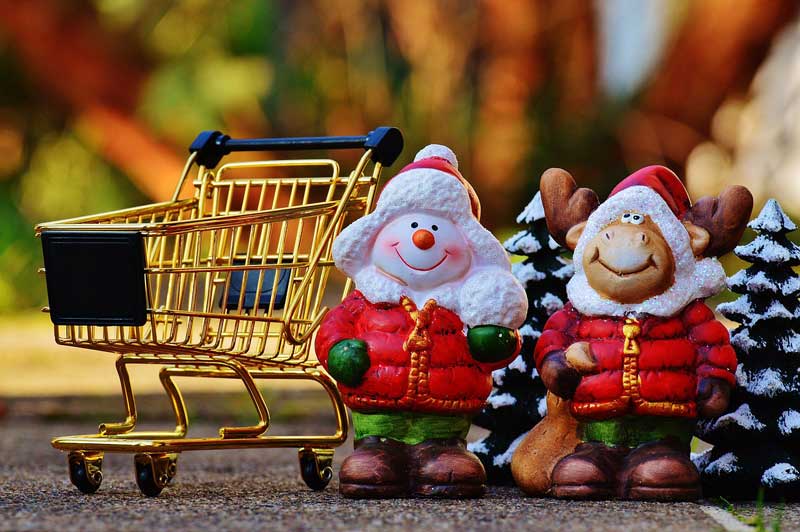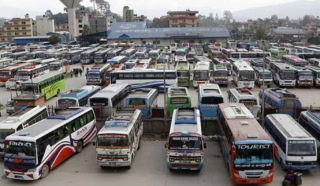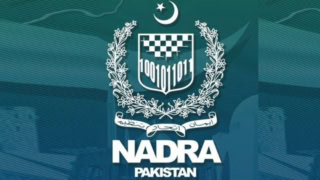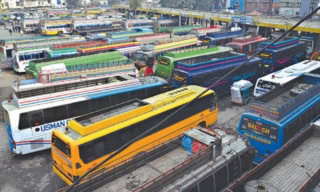How ecommerce has changed the Pakistani business trends

E-commerce or electronic commerce has revolutionized the modern business operation throughout the globe, causing a vigorous trade. The convenience gained from e-commerce had influenced both the entrepreneurs and consumers to switch from bricks-and-mortar retailer towards online shopping. As the global internet population continues to grow, new sales channels have evolved and we are seeing firms investing in E-commerce as online stores are now becoming an essential part of their sales and marketing strategies.
According to The World Bank, the number of people using internet in Pakistan has increased from 6.8% to 18% during 2007 to 2015. The number of people using internet in India increased from 3.95 % to 26% during the same period. Despite the fact that these countries have one of the lowest internet penetration rates, still, we can see many online kiosks popping each year. As a result, we can observe the transforming B2C delivery cycle. Manufacturers/Traders that were once exclusively dependent on local retail outlets are now adding a new channel in their distribution network. Let’s start by examining some key happenings.
Online Banking: Over the past five years, e-banking transactions have increased significantly. According to SBP, it is estimated that the number of users using internet banking has reached to over 1.8 million. During the year 2012, only 23 banks were providing real-time online banking facility to the account holders against 41 banks nationwide. In 2016 the online banking facilities were extended to 34 banks. The volume of e-banking transactions has increased by 100% from 235 million to about 470 million over the last five years while the value of e-banking transactions has surged 62% from Rs22.1 trillion in 2010-11 to Rs35.8 trillion in 2014-15
Black Friday: In 2015, there were just a few portals to cater consumers online. In 2016, Black Friday was much bigger. Revenues along with the number of e-commerce sites who participated by offering extraordinary discounts surpassed all records. Daraz & Kaymu’s revenue surpassed Rs 1 Billion during Black Friday, Yayvo exceeded 60,000 orders.
The glory of e-commerce has motivated many Retail chains to setup online distribution networks as the system is more cost-effective, consumer-friendly and easily manageable compared with a traditional channel, which requires an entirely different kind of distribution model. A traditional distribution channel of consumer goods in Pakistan normally entails a Manufacturer/Service Provider, Distributor/ Retailer/Branch, and Consumer. With the influx of e-commerce or m-commerce (mobile) a new distribution channel has evolved by which Manufacturer/Service Provider are enjoying the freedom to sell products/services to a large number of potential buyers directly whereas consumers could enjoy the freedom to search/review different alternative easily in less time at lowered cost.
Presently, Pakistan is ranked 19th out of 210 countries in terms of internet users with 30 million internet surfers. Being a developing country Pakistan still lacks fundamental infrastructure required for a well-established e-business environment such as availability of internet itself, public awareness and lack of social acceptance. But despite the facts, the trend depicts an increased acceptance for online shopping in Pakistan. In past few years, we can see many online startups offering food, electronics, clothing and even rides. Traditional Industries that once heavily relied on a traditional brick-and-mortar system are now setting up direct linkage with consumers by eliminating the need of any intermediary support.

Sharing clear, practical insights on tech, lifestyle, and business. Always curious and eager to connect with readers.


 3 min read
3 min read
















